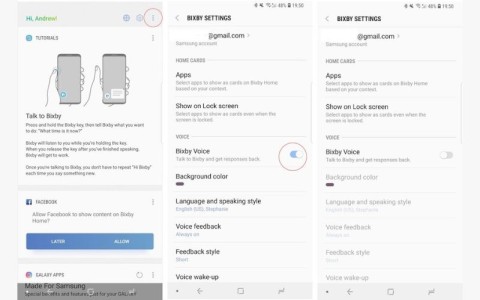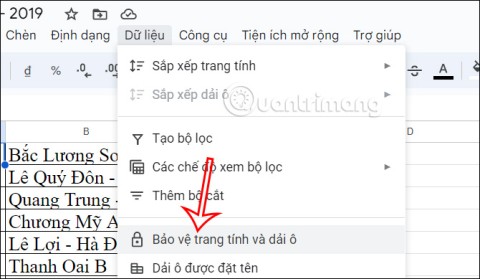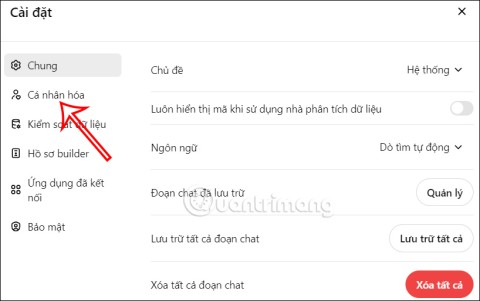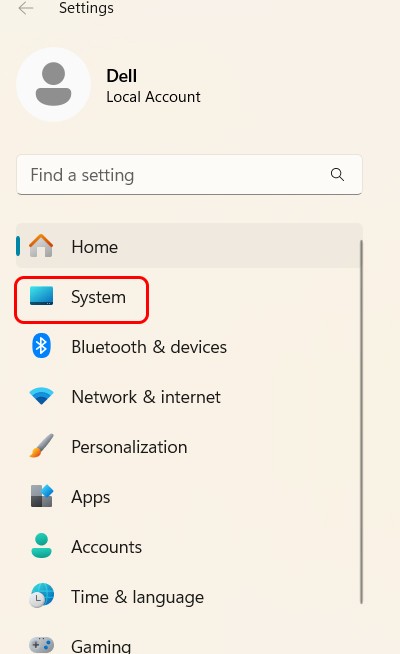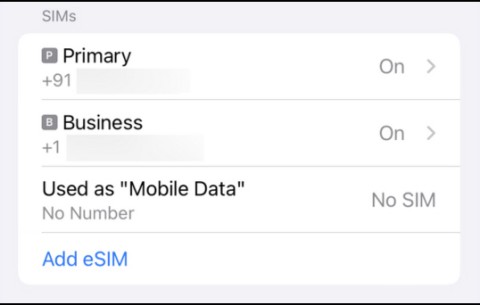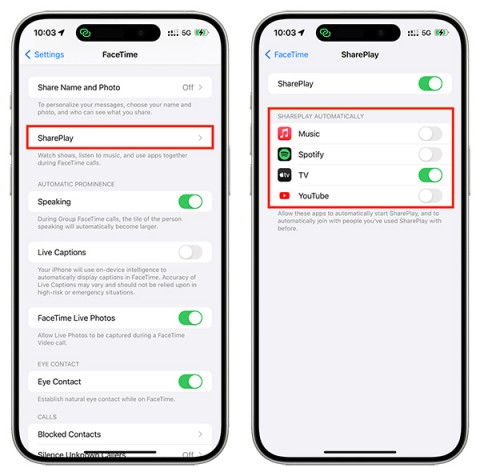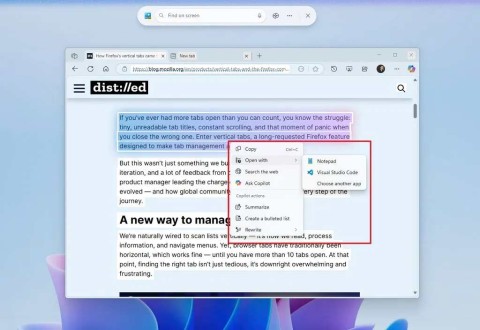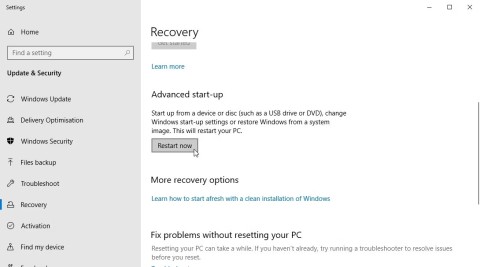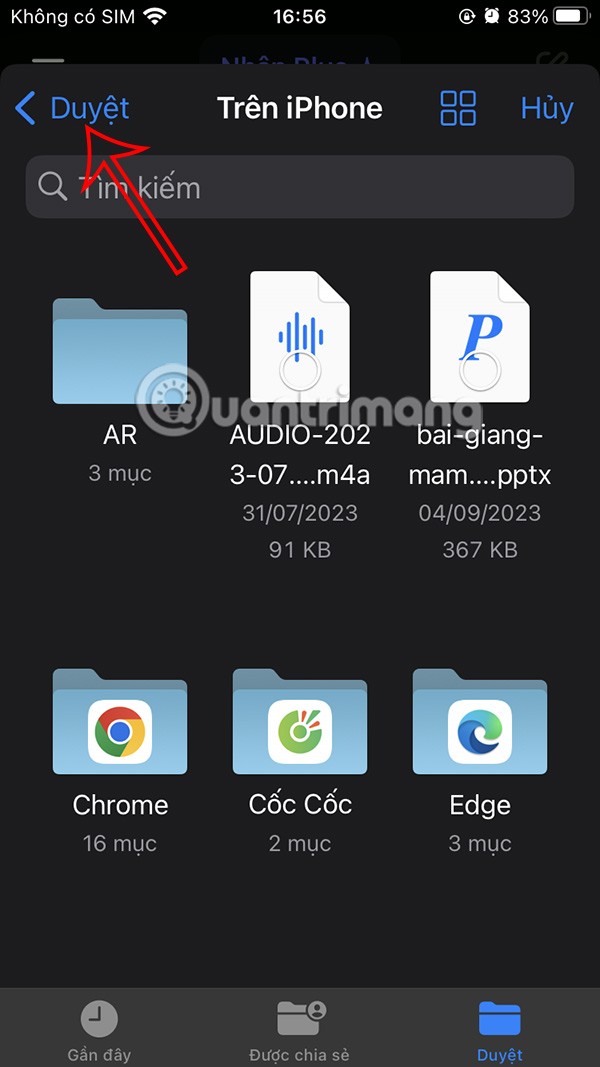Changing the DNS provider is a less common but extremely effective computer security method that you should apply if you have to work, online transactions daily.

Most regular computer users are well versed in the common ways of improving online security such as installing anti-virus software , using password management tools , tweaking the operating system's privacy settings, etc. This way, you can apply less common but more effective security enhancements, especially changing DNS providers.
Why is changing DNS a good idea? What security benefits does it have? This article will help you find the answer.
What is DNS?
Before explaining why, let's clarify the concept of DNS. If you already know what it is, you can skip this part.
DNS stands for Domain Name System. It is like an Internet directory. It is a technology that translates easy-to-remember web URLs (www. [Name] .com) into IP addresses. The network will rely on the IP address to identify the device, computer and service are running.
Internet service providers (ISPs) will automatically route customer traffic through their DNS servers. However, you still have many third party services to choose from. From a security standpoint, the third party option is usually better than the ISP's DNS server.
1. DNSSEC
Fraud and denial of service (DoS) attacks are the two most damaging threats to DNS technology.
The goal of phishing attacks is to redirect users from legitimate websites to malicious code. They "inject poison" into the cache memory; put corrupted data in the DNS resolver cache and you will be continuously redirected to the wrong IP address.
Newspapers, media regularly monitor and report on DoS attacks to help people better understand them. Hackers or hackers use them to directly drive large amounts of traffic to the web using their fake source IP addresses. Those pages are always inaccessible.
DNSSEC is a practical solution to this scary threat - but the vendor has not implemented it widely. At the time of writing, most ISPs do not provide DNSSEC on their DNS servers. But many third-party services, including Google and OpenDNS , offer it.
This technology really helps prevent your computer from being caught in phishing attacks or DoS; ensure private symbols cannot be tampered with. The DNS resolver will deny access to incorrect keys and passwords.
2. DNS-over-HTTPS
Third-party DNS servers have also begun to introduce DNS-over-HTTPS technology.
Most DNS queries are sent using unencrypted UDP or TCP connections. Obviously, this is related to security: You will be susceptible to eavesdropping, getting involved in scams, fake ..., especially when receiving frequent responses from recursive DNS resolvers.
In contrast, DNS-over-HTTPS allows DNS query resolution using an HTTPS encrypted connection. It works with DNSSEC to bring verified end-to-end DNS information. Therefore, the security between the client and recursive resolution is greatly enhanced.
Google's DNS servers have been using this technology since 4/2016.
3. Protection against fraud
You should be familiar with signs and phishing scams. In short, they are cyber criminals who try to trick you into revealing extremely sensitive information. Typically, an email or website will pretend to be a legitimate business address and ask you to enter your bank information, address or personal data.
Some third-party DNS servers - including OpenDNS - offer phishing protection. In addition, in fact, most modern browsers now have this service built-in. The OpenDNS feature is useful if you have to look up data on an old browser on an office network or run Windows XP and can't use a browser other than Internet Explorer 6.
Note that features like phishing protection are a trade-off: the more additional DNS services it has, the slower it will run.
4. Managing children (Parent Control)
The Parent Control feature is available in Windows long after Microsoft released Windows 10 and on the Mac, it is still a great feature without question.
However, they all depend on the management of the user. If your child starts using the computer with an adult account, they may accidentally see obscene content.
Some DNS servers provide a solution to this unfortunate accident. For example, OpenDNS allows you to configure black or white list pages from its web. You can even block entire categories of pages to keep your kids away from social media when they do homework.
Best of all, OpenDNS allows you to set up parental rights or supervise children at the network level. It will protect your entire phone, laptop, tablet and gaming console.
How to change DNS
How to change the DNS server depends on the operating system being used. This article will guide you to change DNS on Windows and Mac. Alternatively, you can also edit DNS settings on the router.
Change DNS on Windows
If you're running Windows, you need to go to the Network and Sharing Center , then right-click the wifi icon in the toolbar and select Open Network and Sharing Center . Next, click on the wifi network name.

In the new window, click Properties .

Select Internet Protocol Version 4 (TCP / IPv4) > click Properties .

Finally, check the box next to Use the Following DNS Server Addresses and enter the provider of choice. If you want to add more than two services, click Advanced .
Change DNS on Mac
The process of changing DNS on Mac is a little different.
To get started, open the Apple menu and click System Preferences .

Next, go to Network> Advanced> DNS .

Finally, click the + icon located under the left hand column and enter your new DNS server address.
Have you changed your DNS provider?
Hopefully, this article helps you understand what DNS server is, its benefits and how to change it. If you have any other online security questions or suggestions, feel free to share them with us.









